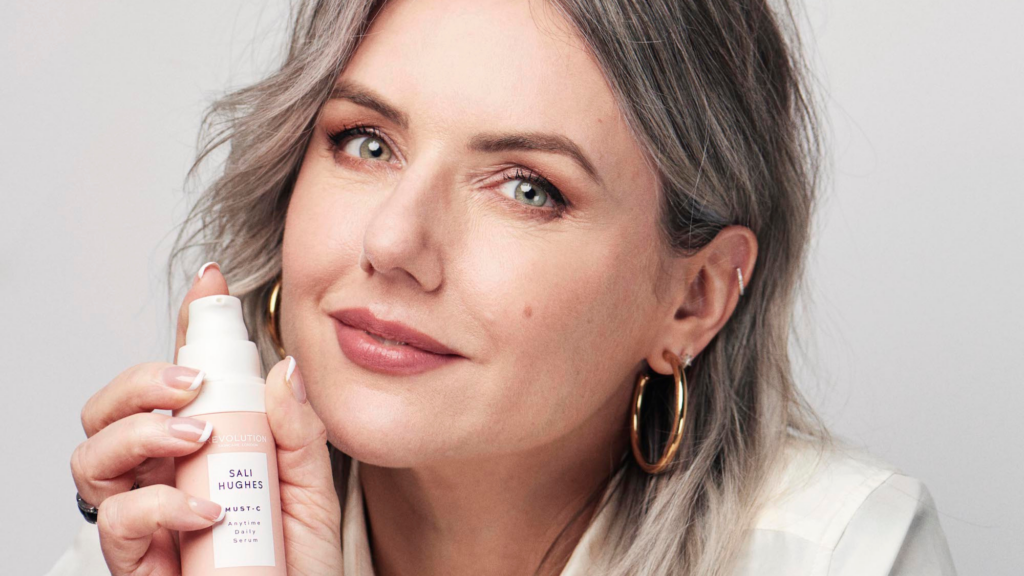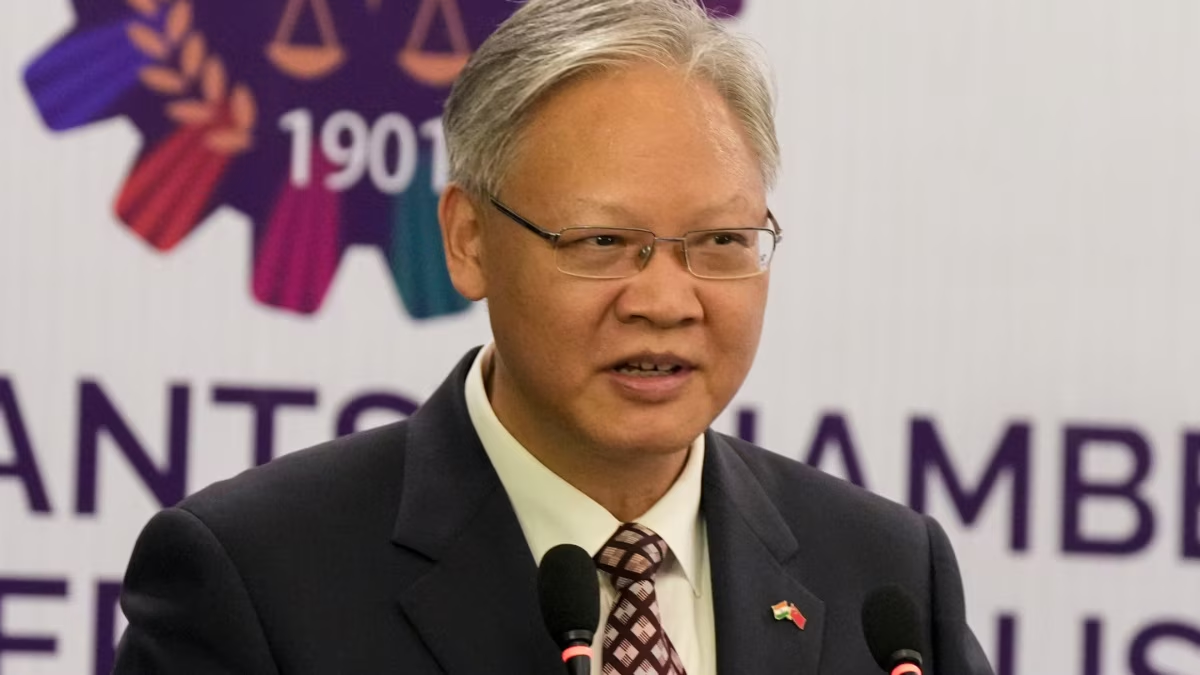Sunita Williams Smiles, Waves As She Returns Home After 286 Days in Space: A Tribute to Space Exploration and Perseverance!
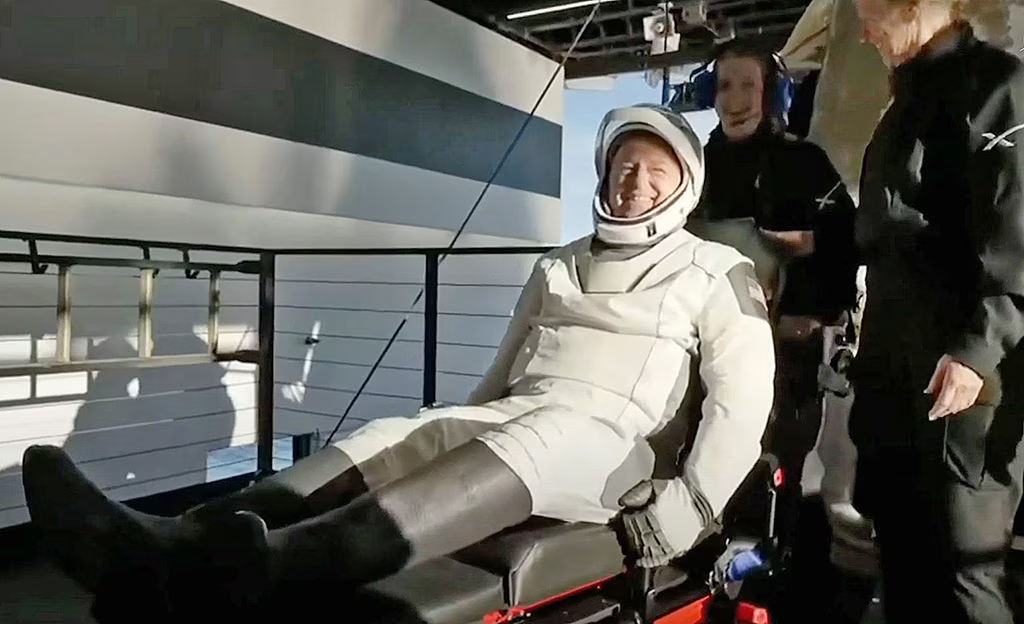
On September 18, 2012, Sunita Williams returned to Earth after an awe-inspiring 286 days in space, marking the end of her third mission aboard the International Space Station (ISS). The moment was a testament to human perseverance, the spirit of exploration, and the indomitable will of an astronaut who had spent nearly ten months in the vastness of space. Williams’ return was met with cheers and smiles as she was safely brought back to Earth after her extended mission, cementing her place as one of the most renowned figures in the field of space exploration.
Williams’ journey into space was not just a technical achievement, but also a deeply personal and emotional one. As she smiled and waved upon re-entry, her return marked not only the conclusion of her incredible journey but also a new chapter for women in space exploration. Sunita Williams has always been a trailblazer, breaking barriers and demonstrating that women can succeed in roles traditionally dominated by men. She joined the ranks of pioneers who have dared to venture beyond Earth’s boundaries, and her accomplishments continue to inspire generations of young scientists, engineers, and aspiring astronauts.
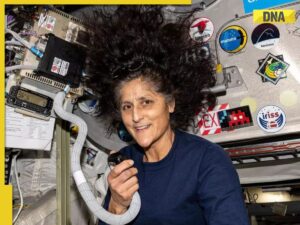
The Mission: Living in the International Space Station
Williams’ mission was part of NASA’s broader objective to understand the effects of long-duration space travel on the human body, as the agency continues to prepare for missions to distant destinations like Mars. Spending 286 days in space, Williams not only conducted scientific experiments but also carried out numerous routine duties and repairs. This mission, dubbed Expedition 14 and Expedition 15, also included working on upgrading the ISS, contributing to the ongoing construction of the station and the enhancement of the crew’s living conditions.
One of the most notable aspects of Williams’ time aboard the ISS was her role as a flight engineer and commander. She conducted over 200 experiments that spanned a range of disciplines, including medicine, technology, and biology. These experiments sought to answer critical questions related to the effects of microgravity on the human body, which will be key to ensuring the health and well-being of astronauts on longer missions in the future. Williams worked alongside fellow astronauts from NASA, Russia’s Roscosmos, and Japan’s JAXA, and her contributions helped pave the way for future missions beyond low-Earth orbit.
Williams is perhaps best known for her spacewalks, or Extra-Vehicular Activities (EVAs), which remain among her most significant accomplishments. As of 2012, she had completed a total of seven EVAs, accumulating more than 50 hours outside of the spacecraft. These spacewalks were a critical part of maintaining and upgrading the ISS. For example, during one of her spacewalks, Williams and her crew members replaced a faulty pump that was vital for the station’s cooling system. Such repairs are crucial for the continued functionality of the ISS, and Williams’ ability to perform these tasks demonstrated her technical expertise and adaptability.
In addition to the scientific work she did, Williams brought a touch of humanity to her experience. She became known for sharing her perspective on life in space through blogs and videos, providing the public with a rare and intimate look into her life aboard the ISS. Williams would often send messages back to Earth, engaging in educational outreach and encouraging young people to pursue careers in science and space exploration. One of the most iconic aspects of Williams’ mission was her commitment to inspiring the next generation of scientists and engineers, especially young women who saw her as a role model in a field traditionally dominated by men.
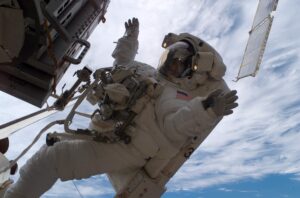
The Challenges of Living in Space
Life aboard the ISS is not without its challenges. Williams and her fellow astronauts faced a variety of obstacles during their time in space, from the physical effects of microgravity to the psychological strain of isolation. Extended space missions are particularly difficult for astronauts because the lack of gravity affects the body in numerous ways. For instance, prolonged exposure to microgravity can lead to muscle atrophy, bone density loss, and fluid shifts in the body. These challenges require astronauts to engage in daily exercise routines to counteract these effects and maintain their physical health.
Additionally, astronauts are confined to a small space, where privacy is limited, and they must work closely with their fellow crew members for extended periods. This confinement can be mentally and emotionally taxing, as astronauts are often far away from their families and loved ones. Yet, despite these challenges, Williams remained focused on her mission, performing her duties with exceptional professionalism and dedication.
The psychological aspects of space travel are also significant. Astronauts like Williams must maintain a positive attitude and a sense of purpose to cope with the isolation and distance from Earth. The crew members of the ISS often rely on each other for support, and maintaining a sense of camaraderie and teamwork is essential. Williams’ leadership abilities were on full display during her time on the station, where she helped foster a collaborative environment, encouraging her team to work together despite the harsh conditions.
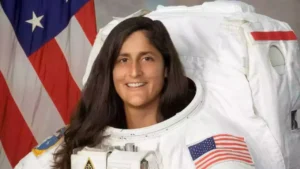
Returning to Earth: A Moment of Triumph
When Williams finally returned to Earth after 286 days in space, her mission was deemed a success. She had endured the physical and mental strains of an extended space mission, contributed to scientific research, and helped maintain the ISS. Upon landing in Kazakhstan, Williams was greeted by her colleagues and a team of specialists who were there to ensure her safe return to Earth. It was a moment of triumph, not only for Williams but for the entire space community. Her safe return was a testament to the resilience of the human spirit and the ingenuity of the teams that support astronauts during such missions.
For Williams, returning to Earth was bittersweet. She had spent nearly ten months in space, and though she was excited to reunite with her family and friends, she knew that her work on the ISS had made a lasting impact on space exploration. After her return, Williams would continue to be an advocate for space exploration, speaking about the importance of continuing humanity’s journey into the stars.
Legacy and Inspiration
Sunita Williams’ story is one of courage, determination, and inspiration. Her journey to space demonstrated that with hard work, perseverance, and a sense of adventure, anything is possible. Williams’ legacy is not only about her achievements in space but also about how she has inspired countless individuals, especially women, to pursue careers in science, technology, engineering, and mathematics (STEM). As one of the few women to have spent an extended period aboard the ISS, she broke barriers and proved that women could thrive in challenging, high-stakes environments like space.
Today, Sunita Williams remains a symbol of human achievement and the ongoing quest for knowledge and discovery. Her remarkable journey continues to inspire future generations of astronauts, engineers, and dreamers. With the goal of sending humans to Mars and beyond, Williams’ story will undoubtedly remain a beacon for those who dare to reach for the stars.
In the end, Sunita Williams’ 286 days in space were more than just a scientific mission—they were a testament to the power of the human spirit, the thrill of discovery, and the endless potential of space exploration.




